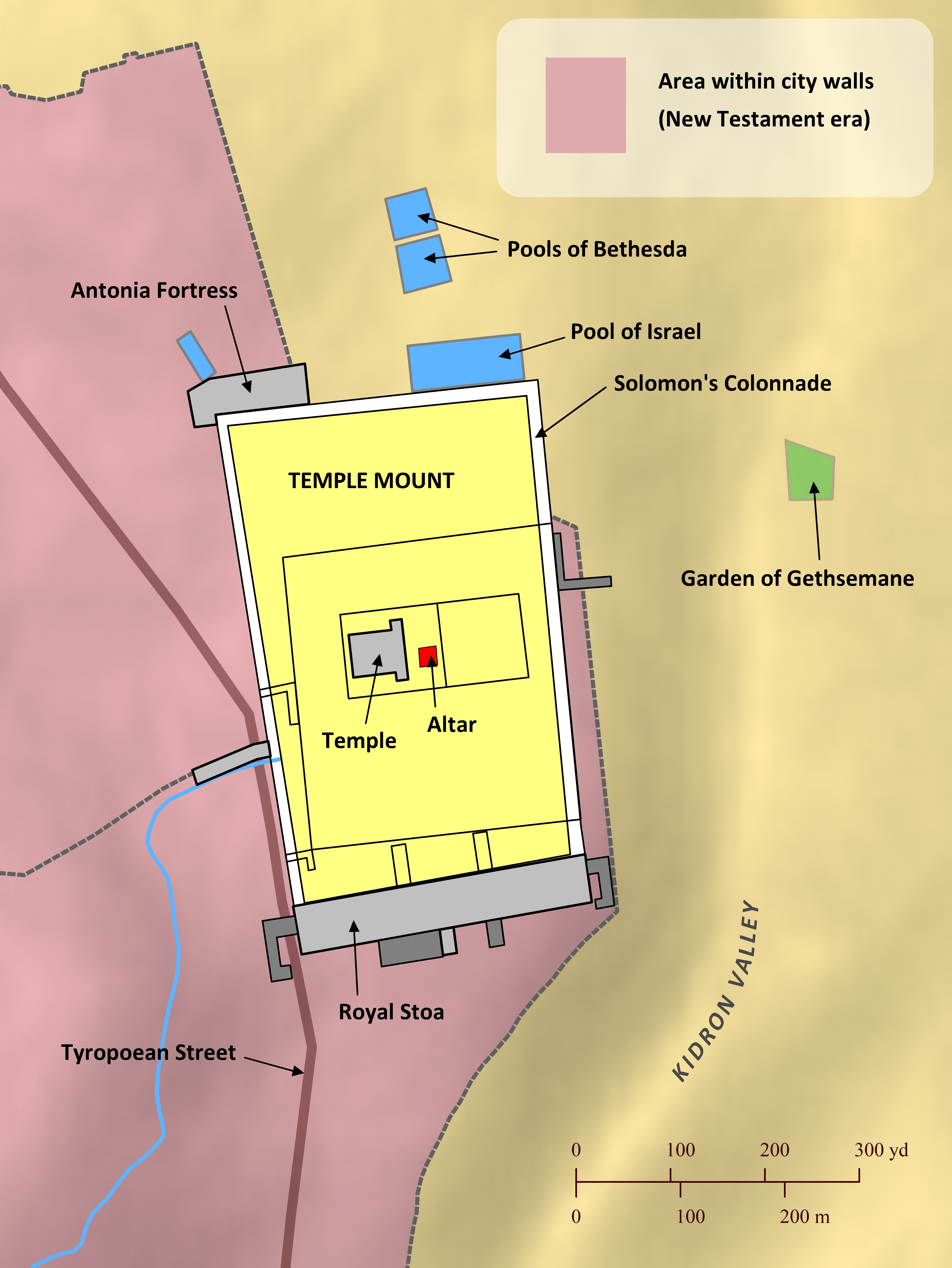Note: This view shows ‘verses’ which are not natural language units and hence sometimes only part of a sentence will be visible—click on any Bible version abbreviation down the left-hand side to see the verse in more of its context. Normally the OET discourages the reading of individual ‘verses’, but this view is only designed as a tool for doing comparisons of different translations—the older translations are further down the page (so you can read up from the bottom to trace the English translation history). The OET segments on this page are still very early looks into the unfinished texts of the Open English Translation of the Bible—please double-check these texts in advance before using in public.
OEB The men of Kiriath-jearim, Chephirah, and Beeroth, seven hundred and forty-three. The men of Adasa and Modin, four hundred and twenty-two.
WEBBE • The men of Kiriath Jearim, Chephirah, and Beeroth: seven hundred and forty-three.
WMBB (Same as above)
NET the men of Kiriath Jearim, Kephirah, and Beeroth, 743;
LSV men of Kirjath-Jearim, Chephirah, and Beeroth, seven hundred forty-three;
FBV the people from Kiriath-jearim, Chephirah, and Beeroth, 743;
T4T • 743 men from Kiriath-Jearim, Kephirah and Beeroth;
LEB The men of Kiriath-Jearim, Kephirah, and Beeroth, seven hundred and forty-three.
BBE The men of Kiriath-jearim, Chephirah, and Beeroth, seven hundred and forty-three.
Moff the men of Kiriath-jearim, Kefirah, and Beeroth, seven hundred and forty-three;
JPS The men of Kiriath-jearim, Chephirah, and Beeroth, seven hundred forty and three.
ASV The men of Kiriath-jearim, Chephirah, and Beeroth, seven hundred forty and three.
DRA The men of Cariathiarim, Cephira, and Beroth, seven hundred forty-three.
YLT Men of Kirjath-Jearim, Chephirah, and Beeroth: seven hundred forty and three.
Drby The men of Kirjath-jearim, Chephirah, and Beeroth, seven hundred and forty-three.
RV The men of Kirjath-jearim, Chephirah, and Beeroth, seven hundred forty and three.
(The men of Kiryath-yearim, Chephirah, and Beeroth, seven hundred forty and three. )
SLT The men of the city of forests, Chephirah and Beeroth, seven hundred forty and three.
Wbstr The men of Kirjath-jearim, Chephirah, and Beeroth, seven hundred and forty three.
KJB-1769 The men of Kirjath-jearim, Chephirah, and Beeroth, seven hundred forty and three.[fn]
(The men of Kiryath-yearim, Chephirah, and Beeroth, seven hundred forty and three. )
KJB-1611 [fn]The men of Kiriath-iearim, Chephirah and Beeroth, seuen hundred fourtie and three.
(The men of Kiryath-yearim, Chephirah and Beeroth, seven hundred forty and three.)
Bshps The men of Kariathiarim, Cephira, and Beeroth, seuen hundred fouretie and three.
(The men of Kariathiarim, Cephira, and Beeroth, seven hundred forty and three.)
Gnva The men of Kiriath-iearim, Chephirah and Beeroth, seuen hundreth, and three and fourtie.
(The men of Kiryath-yearim, Chephirah and Beeroth, seven hundredth, and three and fourtie. )
Cvdl the men of Ririath Iearim, Caphira and Beeroth, seuen hundreth and thre and fortye:
(the men of Ririath Yearim, Caphira and Beeroth, seven hundredth and three and fortye:)
Wycl the men of Cariathiarym, of Cephura, and Beroth, seuene hundrid and thre and fourti;
(the men of Kiryath-yearim, of Cephura, and Beroth, seven hundred and three and fourti;)
Luth der Männer von Kiriath-Jearim, Kaphira und Beeroth siebenhundert und dreiundvierzig;
(the/of_the men from Kiriath-Yearim, Kaphira and Beeroth seven_hundred and threeundvierzig;)
ClVg Viri Cariathiarim, Cephira, et Beroth, septingenti quadraginta tres.
(Men Cariathiarim, Cephira, and Beroth, seven-hundred forty three. )
RP-GNT No RP-GNT NEH book available
